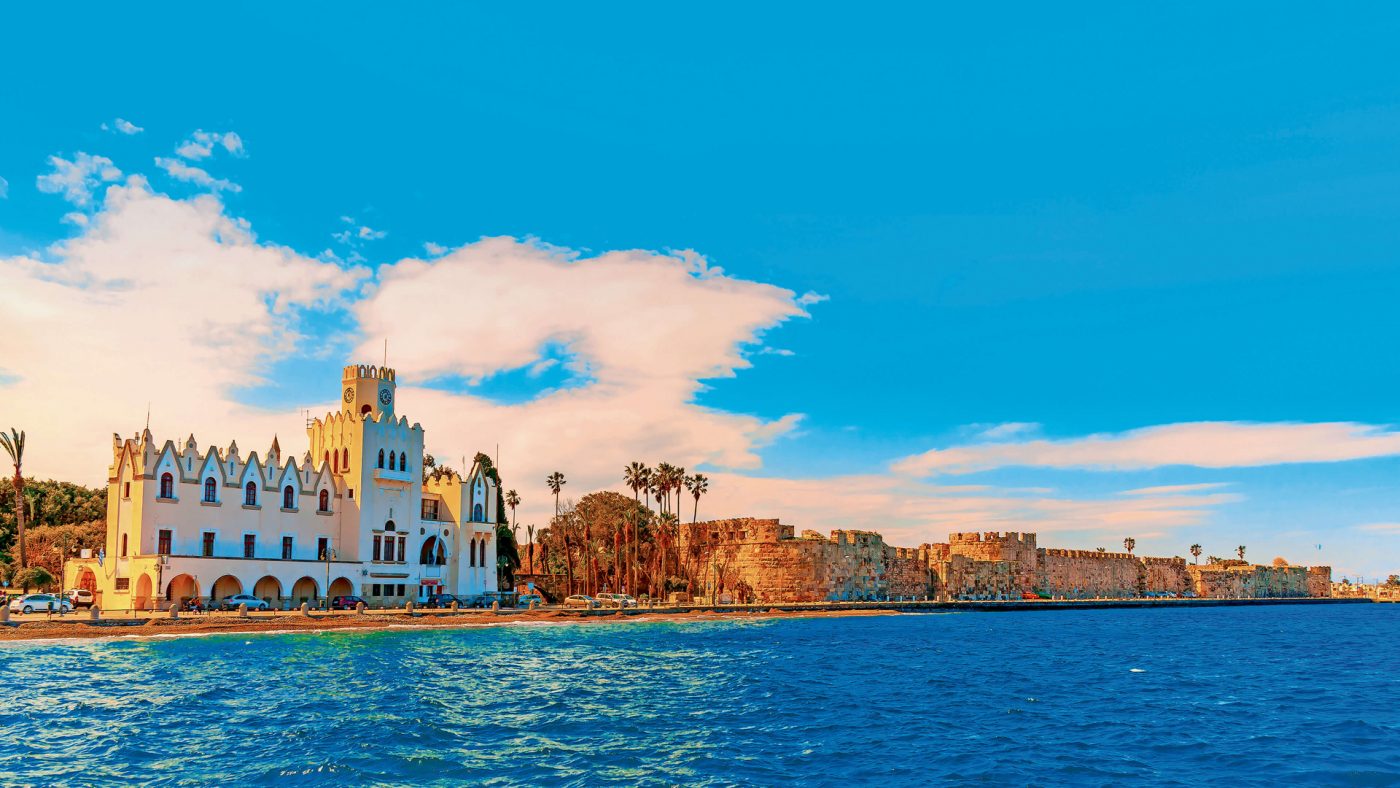The name «Kos» probably derives from the daughter of the mythical King Meropas, called Koos.
The endless coasts with the turquoise waters, the vegetation, the affluent water springs, the ancient and medieval monuments, as well as the impressive Italian buildings feature Kos island; the third largest island of Dodecanese complex, located just 4 miles away from the Turkish coasts.
Kos is the birthplace of Hippocrates «the father of medicine» and was already inhabited during Neolithic Period. The Knights of St. John conquered the island during the 14th century, reinforcing the older castles and building new fortifications. During Ottoman occupation, the island was attacked by several intruders, while during Italian occupation some really important, monumental public buildings were constructed.
The island was officially united with Greece in 1948. It extends over a surface of 290 km2; its coastline is 112 km and counts 31,000 inhabitants.


